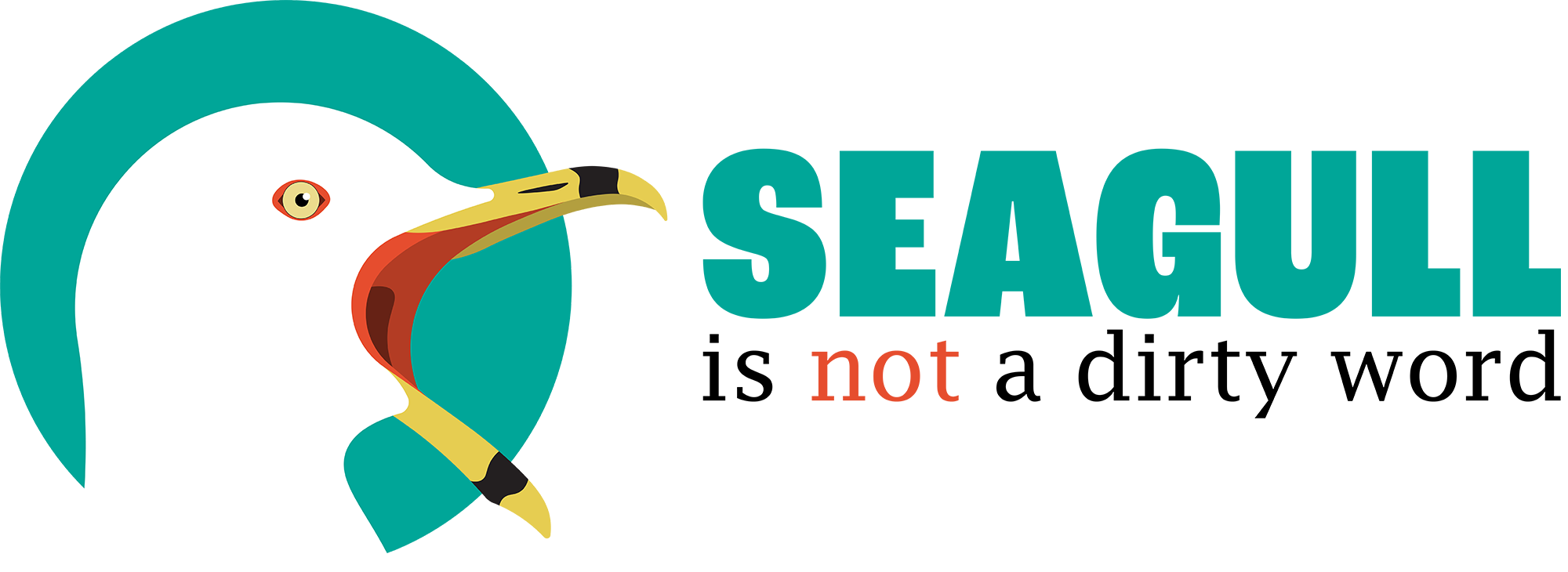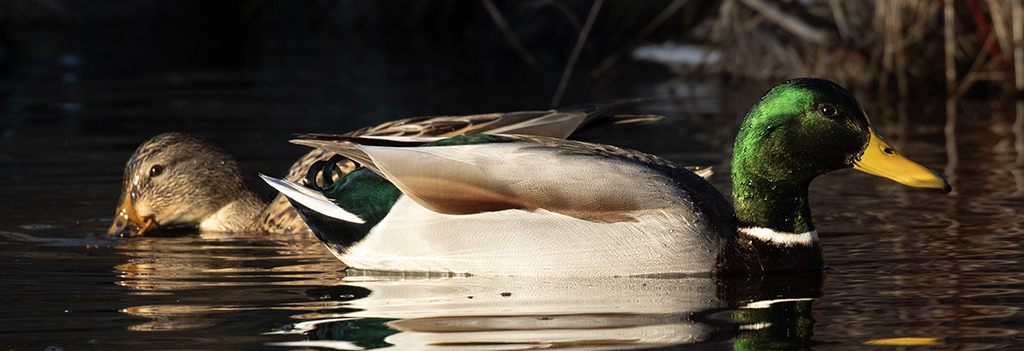Ducks
Originally published on 2024/09/13. Click here to return to the OneWordBirds Archives.
Ahh, a trip down memory lane. It may not be an exotic vacation, but it’s pleasant enough I suppose. Given the quality of my memory, it’s always got a few surprises, too.
Recently, I’ve been moving my OneWordBirds content from my now-defunct blog1 to its new home here at Seagull Is Not a Dirty Word. What’s OneWordBirds, you ask? You must be new here.
If you don’t know what I’m rambling about, perfect. That’s the state of all of my readers all of the time. You’ll fit in just fine. For today’s purposes, all you really need to know is that I once wrote a blog about birds with one-word names that nobody read. It’s surely the most important thing I’ve done with my life, and that’s saying something2.
You can now fill your boots with birdy-wordy goodness right on this very site, by clicking OWB at the top. I recommend you do. I’m probably not biased.
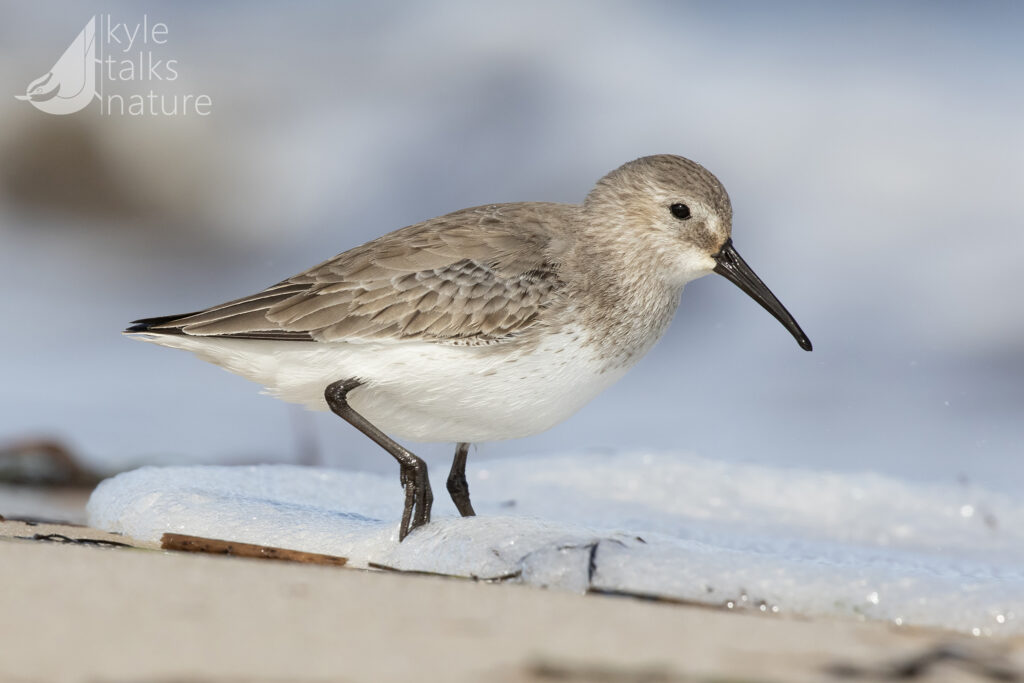
The project is ever ongoing, and now that it’s snug as a bug in its new digs I intend to tinker away on adding bits here and there. As my first new order of business – in the spirit in which this endeavour was founded – I’m going to cheat and tackle five birds at once.
There’s a reason for this crafty shortcut3, and it’s that a disproportionate number of the one-word-birds are ducks. Regular viewers may recall that I have dabbled in the duck pond before, initially with Gadwall to whom I have a personal, spite-based connection. I dipped back in with Smew, but therein discovered a problem: a lot of ducks are just ducks.
Don’t get me wrong, I adore ducks. They are the birds I first connected to as a child, and they are still the birds I introduce new birders to first. They are the perfect gateway bird: big and easy to see, colourful and easy to differentiate, and characterful and easy to love. But they’re also all sorta the same and writing five more whole duck pieces feels next to impossible.
For this reason, I give you shallow dives into the five remaining one-word-ducks. The sort of dives a Ring-necked Duck would take, if it was into writing trivial bird blogs for nobody to read on the internet4. Here goes.
Duck #1 – Mallard
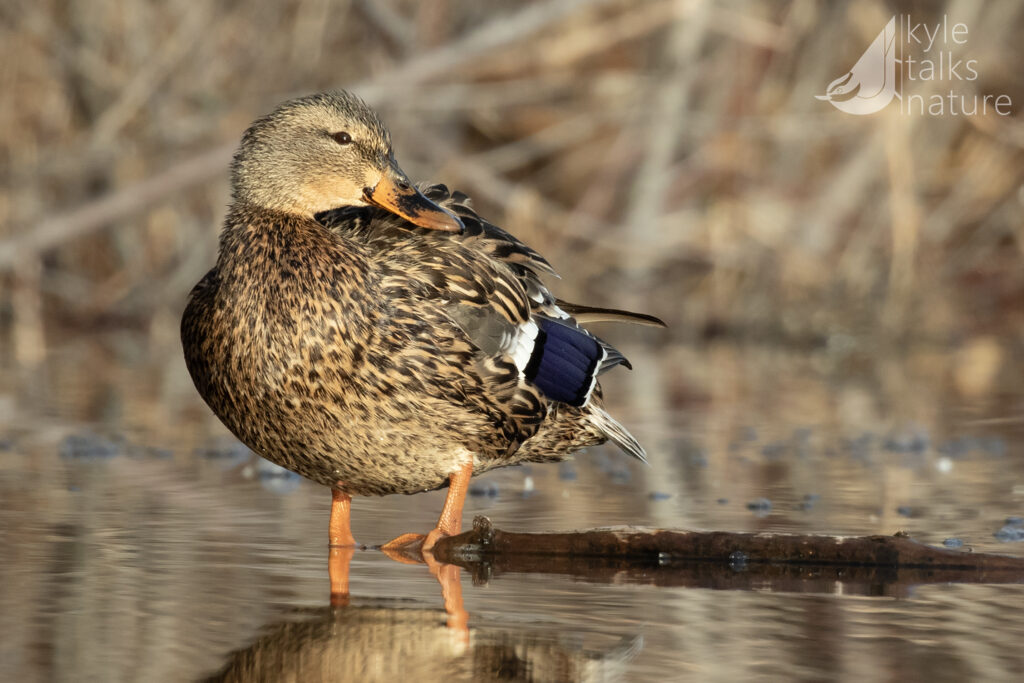
The Mallard may be a contender for the best-known one-word-bird in the entire world. I can really only think of two others that even come close5. It is helped by its cosmopolitan distribution, as it lives all across the temperate northern hemisphere. It is common where it occurs, and it has a ready affinity for people.
The green-headed male is the de facto duck drawn by children the world over, and also the de facto duck emoji. Yes, I checked, back when I was performing this crucial service for the world. Mallard is also the species that spawned nearly all domestic duck breeds6. Pekin Ducks? Mallards. Indian Runner Ducks? Mallards. Those Crested Ducks with weird feather tufts on their heads? Yeah, Mallards.
The Mallard’s special name speaks to its ubiquitousness, as it comes from an Old French word just meaning “wild duck”. So Mallard is, by definition, just some duck. Kinda proves my earlier point.
Duck #2 – Redhead
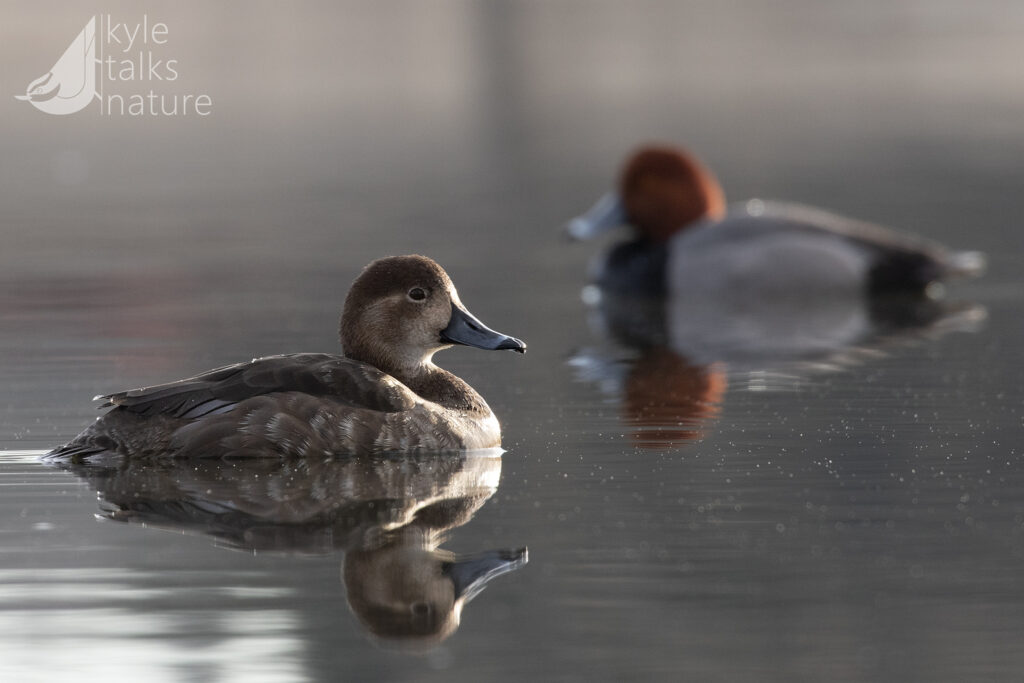
The first of an obvious pair, the Redhead could not be more aptly named. For the male, that is. His cabeza is clad in pleasing russet, neatly complemented by a contrasting gray-and-black body.
Some will take umbrage with the bias in this particular name – and perhaps rightly so – but it’s tough not to concede that the female is a little short on distinguishing features, even by duck standards. She’s pleasant enough, sure, but she didn’t exactly win the colours-and-patterns lottery.
The slightly weird thing about the name “Redhead” is that it’s not the only duck with a red head. This is a running theme in ducks. The Green-winged Teal is one of several green-winged teals, for example. But I digress.
Duck #3 – Canvasback
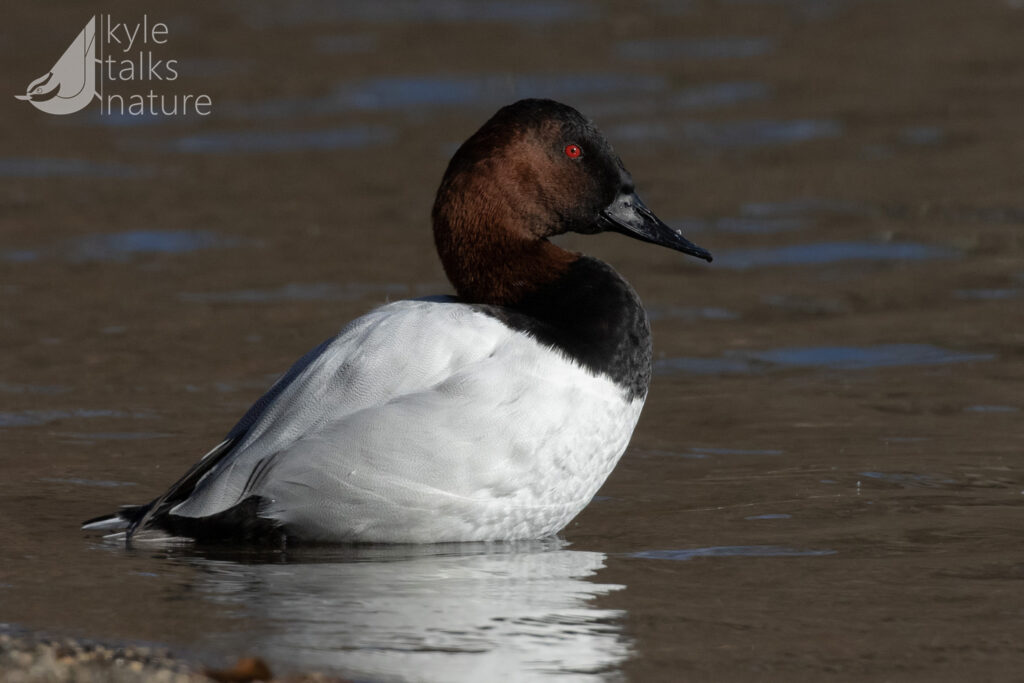
The second in our pair of red-headed ducks in the Canvasback, and it is more satisfyingly named for a feature that the male and female share. You could confuse the Canvasback for a Redhead at first glance, though its paler back woud be a good first clue that you are mistaken. The second would be its unusally shaped beak, often described as a ski slope even though it’s a bunny hill at best.
I’m already running out of things to say about ducks. Did you know that Redhead and Canvasback eat an unusual amount of plants for diving ducks? Well there you go.
Duck #4 – Bufflehead
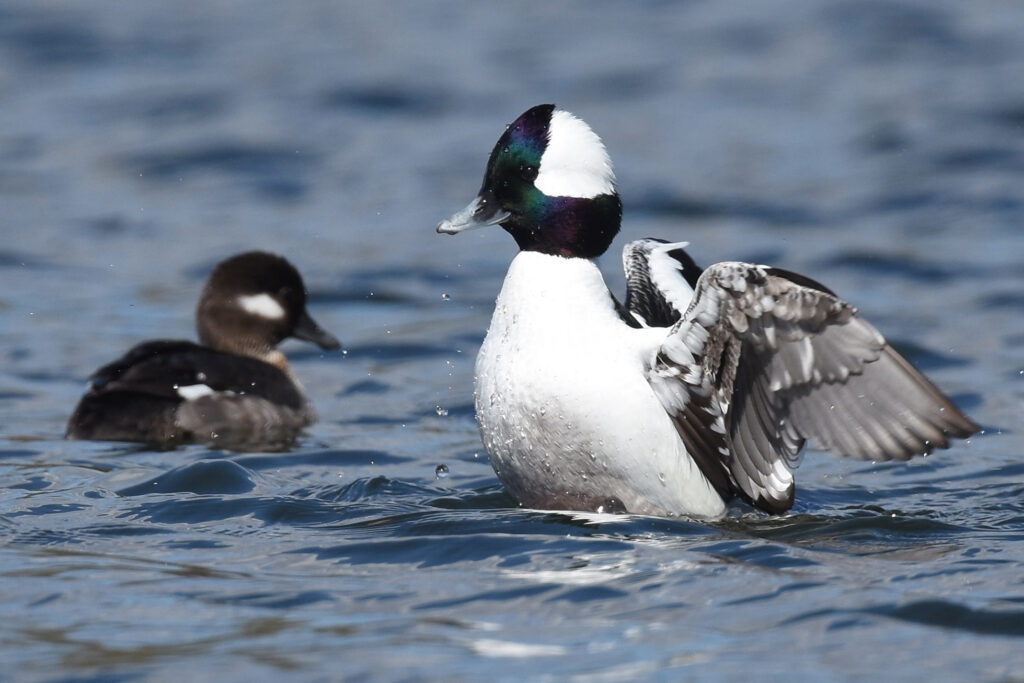
My personal favourite one-word duck – and easily a top 5 duck overall – is the Bufflehead. Love the name, love the duck. It’s very small7, and it has a stubby body, a stubby beak, and a big round head. It’s perfect.
The Bufflehead is a diver like the two ducks previous, but it always amazes me to watch this bobbing marshmallow go to work. It seems so buoyant that it should be unable to submerge itself even for a moment, and yet it disappears under the surface with some ease, popping up moments later like a cork unleashed from the bottom of a pool.
Duck #5 – Garganey
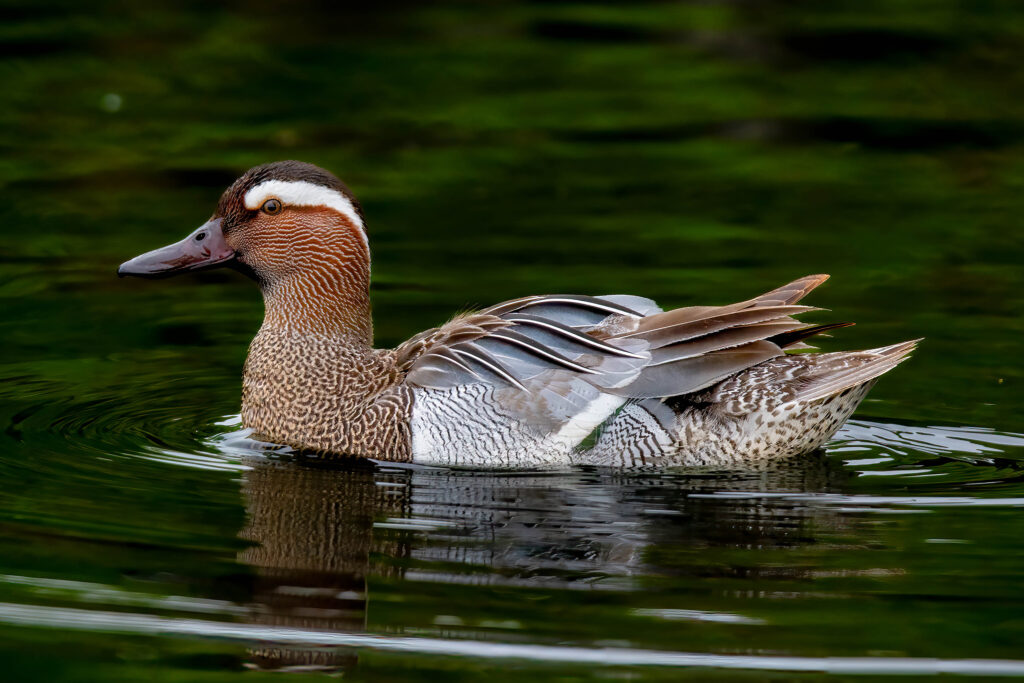
Our final one-word duck is Garganey, and it certainly wins the prize for being the weirdest-named. Apparently the moniker comes from a Latin root that means “tracheal artery” which is confusing, but ultimately it seems to allude to the act of gargling. The Garganey does make an odd, gutteral rattle, so we can assume that’s the likely origin.
The Garganey is handsome enough with its dashing, white eyebrow and subtle patterns. That’s about it though. Just another perfectly fine duck with a good name.
Well that brings me to a fairly anticlimactic end, but here we are nonetheless. If you’ve got the one-word-bird bug, or at least some mild curiosity, be sure to check out the rest. More to come. Only uphill from here.
1 Latest in a line of many.
2 But what?
3 Other than laziness and a complete lack of integrity.
4 My ornithology professor in university – an elderly and somewhat controversial British man – referred to Ring-necked Ducks as “candyass ducks” because they apparently make shallower dives on average than any other duck. That was 18 years ago and I still think “candyass duck” everytime I see a ringneck. I like to think he’d be pleased that his legacy lives on.
5 Guess what I’m thinking of for a dollar?
6 Muscovy Duck being the glaring exception. People do keep some wild-type ducks, like Mandarin Duck, but they are not generally considered domesticated.
7 Things that are either very big or very small are always the best. Normal-sized things are the worst.
Photos:
Bufflehead: By Andy Reago & Chrissy McClarren – Bufflehead, CC BY 2.0, https://commons.wikimedia.org/w/index.php?curid=67310908
Garganey: By peterichman – Garganey ( Anas querquedula ) Drake … South Yorkshire, CC BY-SA 2.0, https://commons.wikimedia.org/w/index.php?curid=148549906
